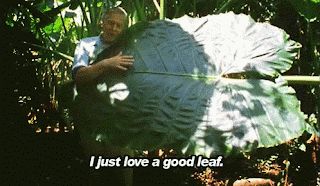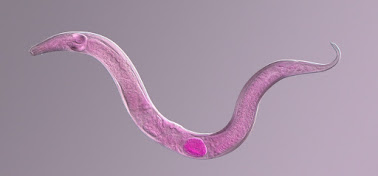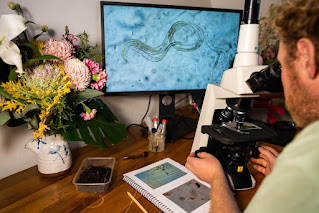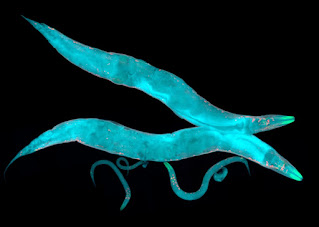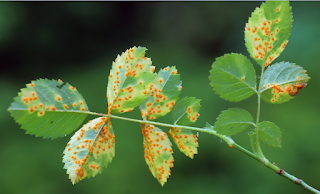 |
| Rose Rust - Phragmidium mucronatum |
blight there is no easy solution and plant damage is inevitable. Sometimes (but by no means always) it can mean your grow is a total washout. The best action to take against blight is proaction, so here’s some general information to help you understand what you could be dealing with.
 |
| Anthurium with blight |
 |
| Hail-battered zucchini plants |
Some of the many blights caused by bacterial pathogens are:
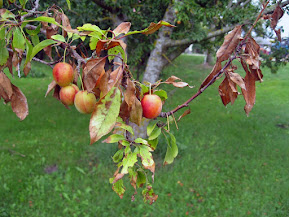 |
| Fire blight on a plum tree |
• Crown gall disease (caused by Agrobacterium tumefaciens), which affects more than 600 species of vegetables, weeds, trees and shrubs
• Early blight (caused by Alternaria spp), which affects tomatoes and potatoes
• Fire blight (caused by Erwinia amylovora), which affects pome fruits and mountain ash
• Halo blight ( caused by Pseudomonas savastanoi pv. Phaseolicola), which affects edible bean crops and bean seed crops
 |
| Botrytis on strawberries |
• Ashy stem blight aka charcoal rot (caused by Macrophomina phaseoli), which affects over 500 plant species, including cucurbits, soybeans and corn
• Botrytis aka grey mold (caused by Botrytis cinerea), which affects everything from cannabis to vine crops
 |
| Chestnut blight attacking a tree |
• Rhizoctonia root rot (caused by Rhizoctonia solani), which affects a wide range of plant species from legumes to ornamentals
• Southern blight aka white mold (caused by Sclerotinia sclerotiorum), which affects hundreds of crops, from sunflowers to cole crops and tomatoes
Due to the devastating effect and sheer number of varieties of blight diseases, treatment should be dealt with according to the variety of blight you’re dealing with, the type of crop of crop you’re growing, and your growing conditions. There is no one, simple solution. Nevertheless, there are some growing and treatment protocols that are beneficial across the board as follows:
• Crop rotation between common host plants and non-host species of plants
 • Practicing strict sanitation – this means everything from cleaning tools to avoid cross-contamination to removing pathogens from the soil
• Practicing strict sanitation – this means everything from cleaning tools to avoid cross-contamination to removing pathogens from the soil
• Proper watering – overwatering or poor drainage is a contributor to blights as they thrive in damp
• Proper air circulation – especially crucial in indoor or semi-indoor grows
• Thorough weeding, including the removal of volunteers and post-harvest weeding - care should be given to the proper handling of removed materials to avoid cross-contamination
• Well-balanced and consistent nutrition – many blights are associated with specific nutrient deficiencies• Pruning to eliminate infected plant parts, but do so carefully to avoid harming plants that are not sick and use sanitized tools to eliminate spreading the disease or encouraging disease progression
• Keep plants as stress-free as possible
We have many excellent products that address both bacterial and fungal diseases in our Disease Control section. You may find what you need by simply scrolling through there, or you can try searching for a particular disease. You won’t find every disease possibility out there, but the most important diseases are addressed in either a dedicated page or within our products. We also have a substantial Cleaning and Sanitation section that contains a selection of excellent products to fill that need.Take Care
Submitted by Pam


